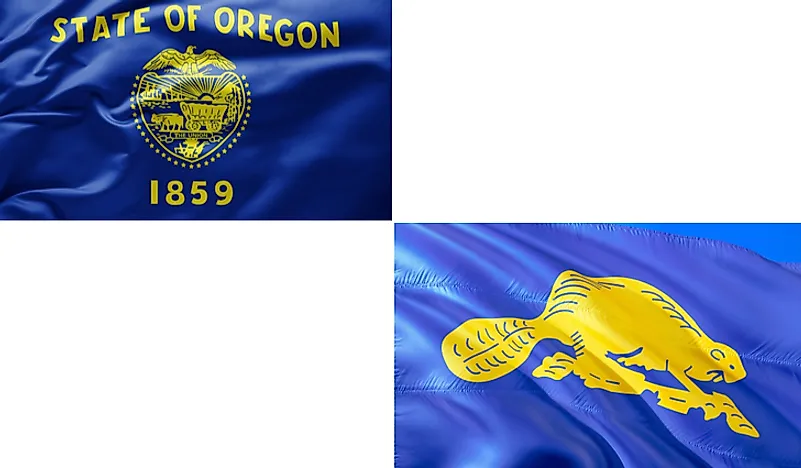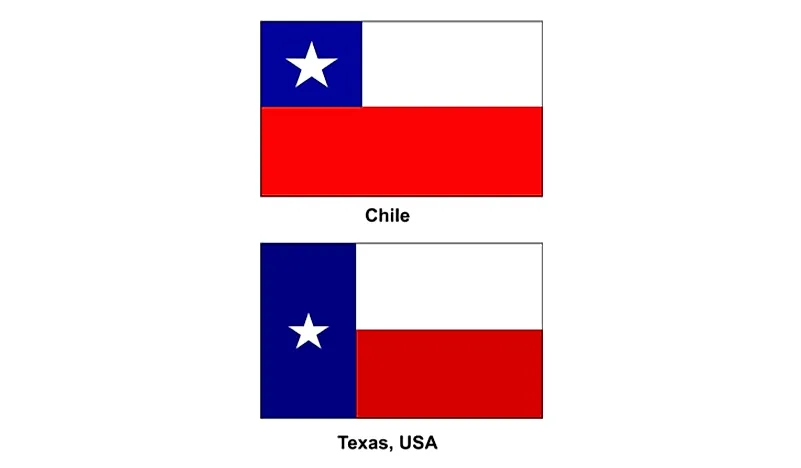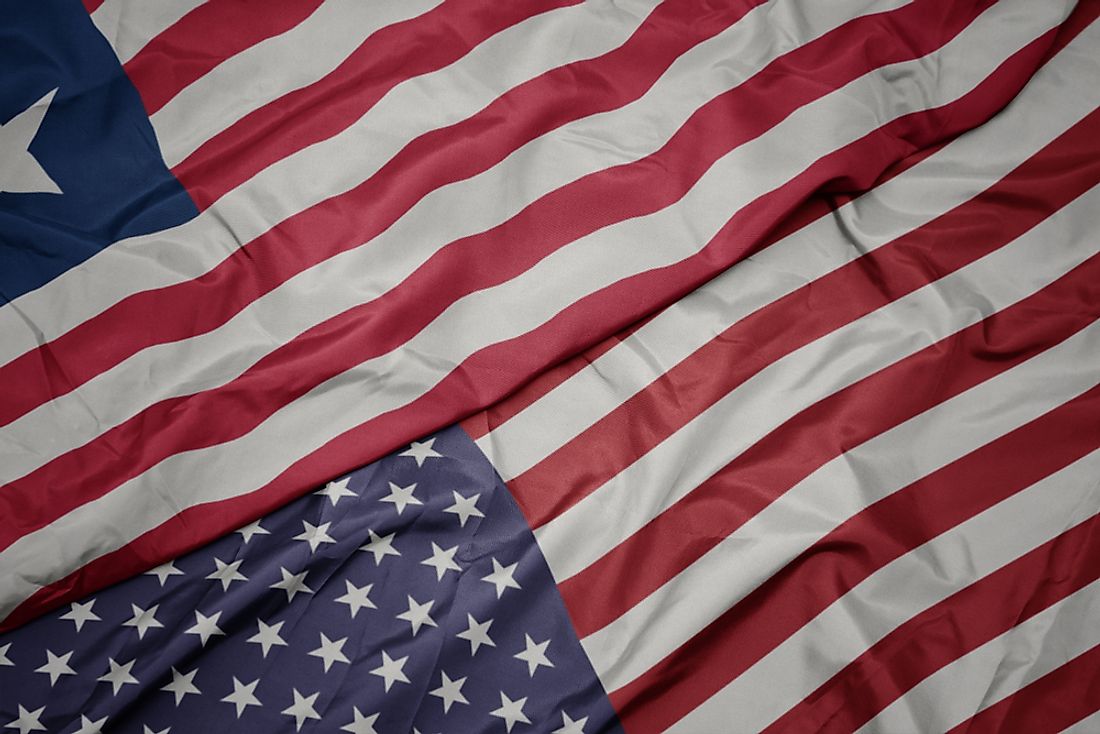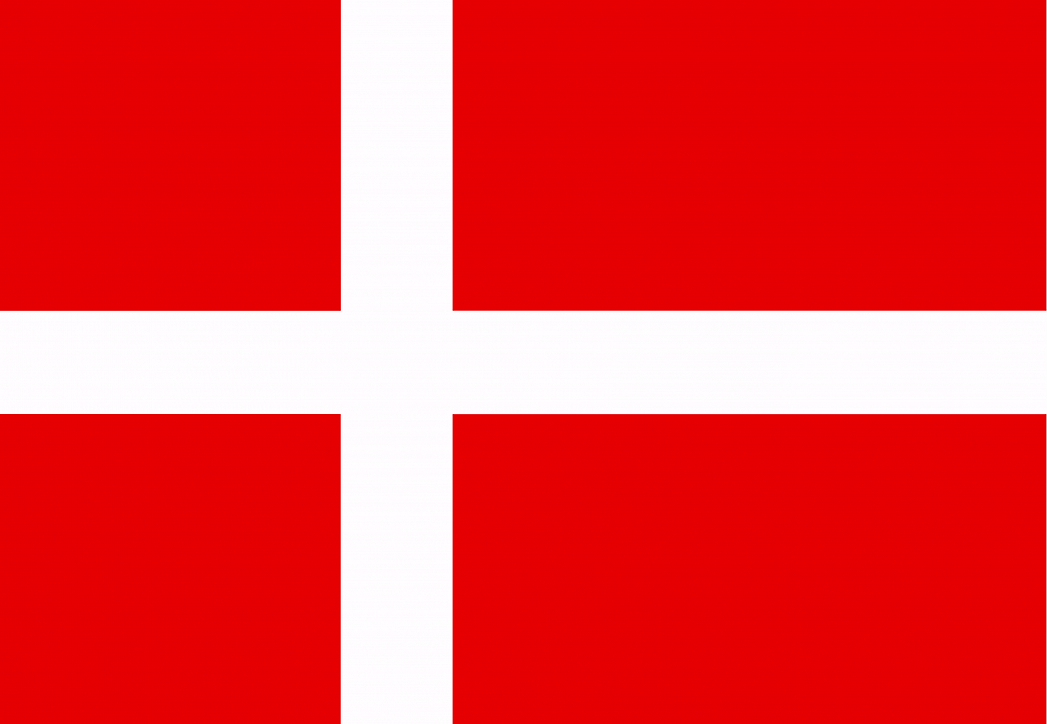The flag of Denmark features a red and white cross that is off-centered. Previously, the cross was centered evenly, forming a perfect square. However, it was later expanded in an uneven height to width ratio. The current ratio of its height to its width is 28:37. The flag of Denmark is called the "Dannebrog", which translates to "the cloth of the Danes" or the "red flag". History has it that the flag of Denmark descended from the sky after the Danish King Valdemar II defeated Estonia on June 15, 1219. It was officially used as the state flag in 1625, making it the oldest flag in Europe.
The colors used in the Danish flag are red and white. The flag has a white cross that stretches to the edges of the flag. The white cross represents Christianity. The white cross is also used by the other Nordic countries of Finland, Norway, Sweden, and Iceland. Moreover, the white color symbolizes peace and honesty. The red color symbolizes strength, bravery, and hardiness.
Historically, the Danish flag was contested. For instance, the Battle of Lyndanisse of 1219, where King Valdemar II of Denmark took over Estonia. In the Netherlands, from 1370 -1386, the court of arms of Valdemar IV Atterdag was used a red banner as an emblem with an extended white cross. Furthermore, the Roman Empire, Constantine used the flag when he became an absolute monarchy and converted to Christianity.
The flag of Denmark has transformed slightly over the years. The oldest representation of the Danish flag was used in the Gerle Armorial (1370 - 86). It was a short flag with the cross centered throughout. Another version of the flag was the 18th Century Merchant Flag, adopted in 1748. The merchant flag was also identical to the national flag, but with a centered white cross. Other more recent recent versions of the flag include the square flag, the swallow-tailed flag, and the naval flag. The Royal Danish Navy and on-board ships use the naval flag.
This page was last modified on May 1st, 2018
More on Graphicmaps

Published on 2019-11-06
What is a Trade Embargo?

Published on 2019-11-04
Which Two Countries Used to Have the Same Flag?

Published on 2019-09-16
What Is the Only Two-Sided State Flag?

Published on 2019-09-16
Which Country Flag Looks Like the Texas Flag?

Published on 2019-08-29
Flags That Resemble the US Flag

Published on 2019-08-20
